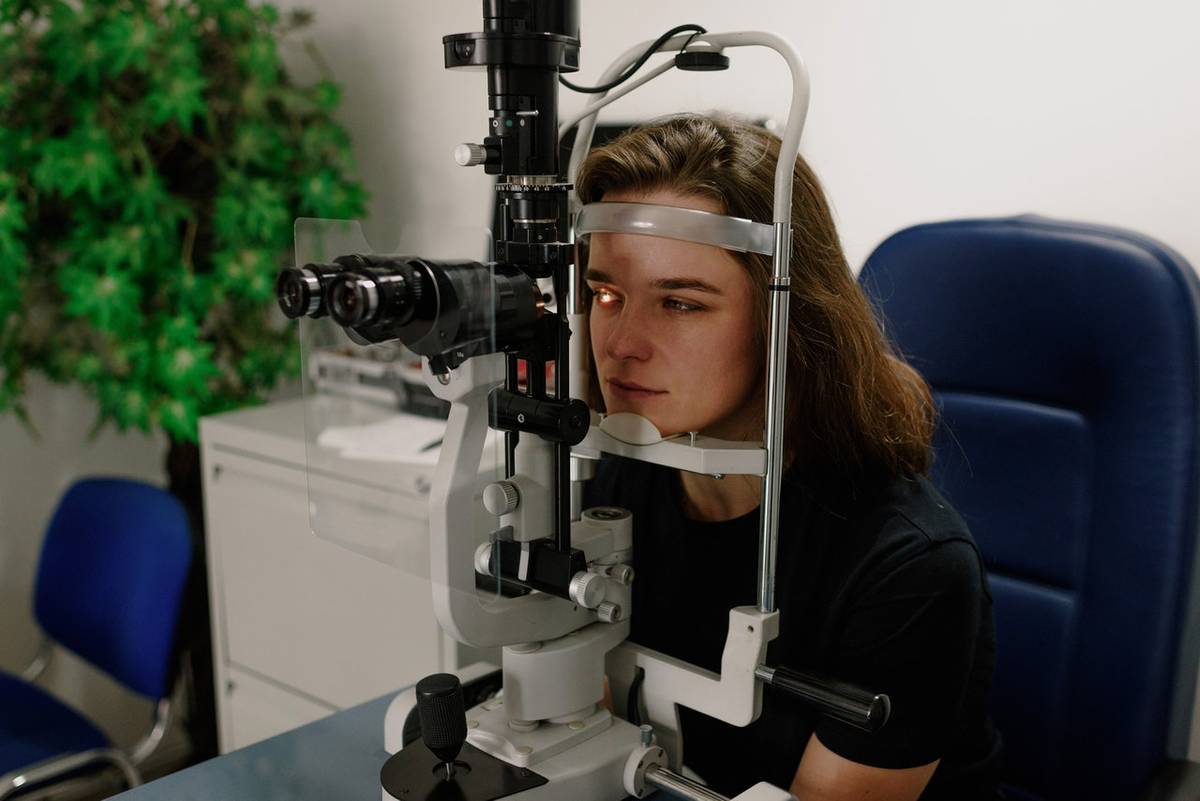Last Updated on July 16, 2024 by Team Experts
Spectroscopy aids in the revealing of complex compounds of laboratory soot mainly containing iron. FTIR spectroscopy utilizes an infrared beam that is passed through the sample. Depending on the chemical structure present, there is absorbed energy, and some will pass through. Different molecules have varying spectral characteristics.
FTIR Spectroscopy Study Of Physicochemical Characteristics Of Major Urban Pollutants
Photochemical effects of various hydrocarbons present in soot have significant environmental impacts. The carcinogenic nature of soot particles makes them hazardous to human health. Diesel vehicles are the major contributors to such problems. Regulations minimize the emissions of particulate matter from such engines. Governments have introduced legislation and have developed a basis for maximum permissible limits for particulate matter. Such a criterion is crucial to meet environmental standards.
Chemical Synthesis Of Mixed Oxides For The Catalytic Assisted Combustion Of Soot
Industrial development, land use, population growth, waste emissions, and automobile exhaust have contributed to increased urban environmental load. Environmental problems have caused an increase in urban water pollution. Urban stormwater is a primary nonpoint source of pollution containing nitrogen and phosphorous, polycyclic aromatic hydrocarbons, and heavy metals. Urban flooding shifts the pollutants and introduces secondary pollution to water which has a toxic effect on human health. Soot coming from incomplete combustion, especially diesel engines, is the primary atmospheric pollutant. Proper mitigation preserves air quality and is mandatory to minimize harmful effects on human health.
Microstructure And Chemical Composition Of Particles From Small Scale Gas Flaring
Among the most important sources of pollution, including biomass burning and diesel emissions, gas flaring is the most uncertain. A small-scale turbulent gas flaring characterizes particulate emissions produced at different flare conditions such as exit velocity, burner diameter, and fuel mixture. Modifying the fuel gas mixture by varying the percentages of methane, ethane, propane, butane, carbon dioxide, and nitrogen gas constituents in the oil and gas industry is essential. A broad suite of chemical, physical, and microscopic techniques characterize the gas flaring properties.
High-Resolution sem/eds lab Transmission Electron Microscopy determines primary particles’ tortuosity, length, and separation of graphene fringes. The single-particle analysis is essential to reveal the dominant grouping of oxidized elemental carbon mixed with contaminated metals. Infrared spectroscopy indicates the presence of aromatics and alkanes with oxygenated compounds. Comparing the gas flaring composition and microstructure addresses the features of high-temperature combustion of fossil and gaseous fuels.
Size Resolved Evaluation Of Magnetic Mineralogy Of Airborne Brake Wear Particulate Emissions
Persons subjected to particulate matter exposure have varied neurological, respiratory, and cardiovascular problems. Individuals living near busy roads experience increased morbidity and mortality due to metal-rich airborne particulate matter’s side effects in such environments. Bioactive metals such as iron in ferrous form play a specific role in cardiovascular and neurological impairments. A full-scale brake dynamometer combined with magnetic measurements evaluates airborne emissions emanating from car brake systems.
FTIR testing is conducted to determine the safe levels of such particulate matter to minimize the hazardous nature of exposure.
Biodiesel Addition On The Reactivity And Physical Properties Of Exhaust Soot Particles From Diesel Engine
A mixture termed B20 is made by adding a 20% diesel volume to petrol. Tests are being conducted at different engine loads, and soot particles are analyzed when the engine is running at a constant speed. Raman spectroscopy and Transmission electron microscopy are employed to analyze nanostructure and soot morphology. Thermogravimetric analysis methods are used to determine the oxidative reactivity of soot. For both petroleum diesel fuel (DF) and B20, the increase in engine loads results in soot with a compact morphology with a larger and more organized structure. B20 soot has a lower peak temperature, apparent activation energy, and burnout temperature, making it more reactive than DF soot.
An infrared emission technique has been implemented with a Fourier Transform Infrared (FTIR) spectrometer to measure safe levels of particulate matter. A detailed analysis of soot samples under various burning conditions has been developed. Complementary studies have necessitated IR absorption and Raman spectroscopy.
Read more: Seven ways How Tech Took off from the Last Decade

